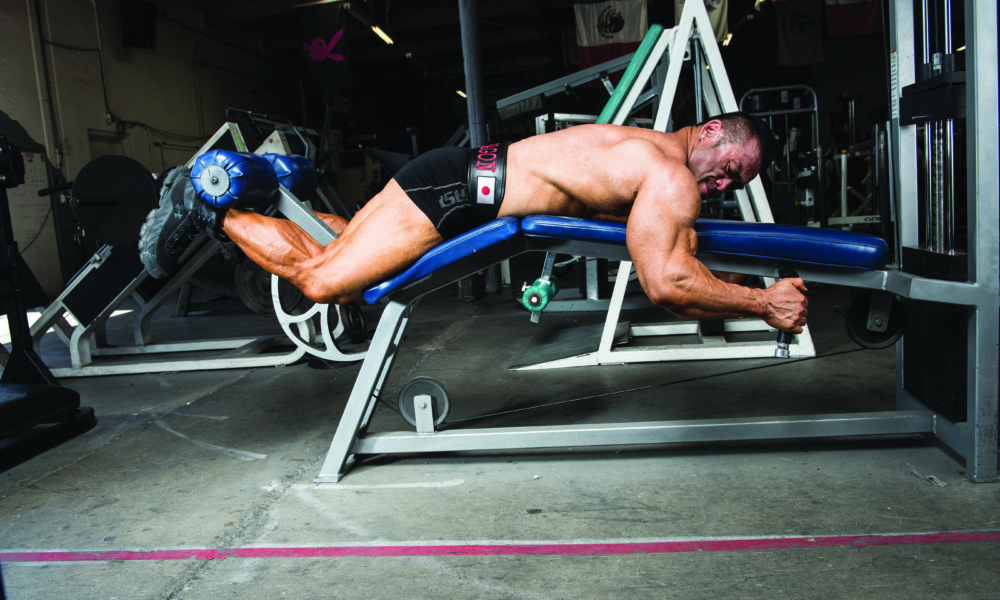

How to building your glutes and hamstrings like a man
By Vince Del Monte
The gluteus maximus is one of the most powerful muscles in the human body. The gluteus maximus is a powerful extender of the hip joint as well as an external rotator and adductor. Because of its size and superficial location compared to the other glute muscles, it is often the major focus when it comes to training the backside of your body.
The hamstrings are a group of four tendon-like muscles that are found in the posterior thigh. All four of the hamstring muscles cross behind the knee into their respective insertions and therefore act to flex the knee. All but the short head of the biceps femoris cross the hip and aid in extension as well as externally rotate and adduct while in neutral position.
Since both the hamstrings and gluteus maximus muscles cross the hip, they will be the major contributors to hip extension. The anatomy and function of the hamstring muscles are altered significantly by both knee position and hip position. Understanding the anatomical relationships between these muscles will go a long way in not only performing glute/ham exercises correctly but also selecting the appropriate ones.
ACTIVE RANGE OF MOTION
It should be noted that checking how far your joints can move actively will be critical to reducing the risk of spinal and knee injury and long-term wear. Controlling the eccentric portion of hip extension and pressing exercises so as not to go beyond what your hips can flex concentrically will not only reduce injury risk but enhance muscle contraction. The same can be said for knee flexion exercises where machines can shove the knee and hips in compromised positions. “Full range of motion” should only mean active motion. Going lower and lower in deadlifts, leg presses, squats, and others to the point of passive range will only stress joints and be a long-term detriment to progress.
HIP EXTENSION AND COMPOUND MOVES
Before specific hamstring/glute exercises are examined, it should be noted that these muscles can be strategically emphasized or de-emphasized during multi-joint pressing movements, normally biased toward quadriceps work.
Leg Press: Mechanics dictate that foot positioning will be critical in how much emphasis is placed on the hamstrings/glutes or the quads. With most 45-degree leg presses, a simple positional change of just fractions of an inch can alter hamstring activity. Changing foot position upward slightly can increase hamstring activity, as it increases relative motion at the hip compared to the knee. This foot positioning can be used strategically along with the intention of driving “downward” with the heels in an attempt to increase hip extension activity while reducing knee extension force. It should be noted that control (and slower speed in the beginning) should be a priority when attempting to skew forces toward the hip extensors.
Back Squats: These will be a little more difficult in influencing hamstring/glute activity than leg presses because individuals vary in their mechanics so widely. People with long femurs in contrast to trunk and tibia length should ultimately use a stance wider than the standard shoulder-width. Those who keep their stance too narrow and have longer femur lengths tend to collapse too soon, making it nearly impossible to successfully visit the lower portion of the range of motion.
Widening the squat stance and using the appropriate outward rotation of the hips can dramatically alter the load line in favor of the hips, increasing glute and hamstrings stimulation. It will also allow certain individuals to visit deeper ranges while maintaining an upright position. Smith machines can also be used to effectively increase hip motion if you choose to work glutes and hamstrings more, as there is no consequence of falling over as in a free-weight squat. Front squats, of course, reduce hip contribution and increase quadriceps activity.
Lunges: These exercises are extremely popular for glute/hamstring work; however, their participation during this movement is never guaranteed. Before performing any type of lunge, it is imperative that the individual has the medial/lateral hip/leg stability. Lacking stability and single-leg balance can considerably impede progress.
Single-leg abduction exercises, which emphasize the lateral muscles of the hip, should be considered a prerequisite to lunges, especially with high loads and acceleration. Foot/ankle stability ought to be a requirement as well. Walking lunges with excessive speed and lack of control can increase quadriceps activation. The optimal way to maximize hamstring and gluteus maximus contraction is to consciously stop forward progression before lowering while modestly driving the hips back (as in a squat). This shifts weight to the heels, thereby increasing resistance to the hip extensors rather than the knee extensors.
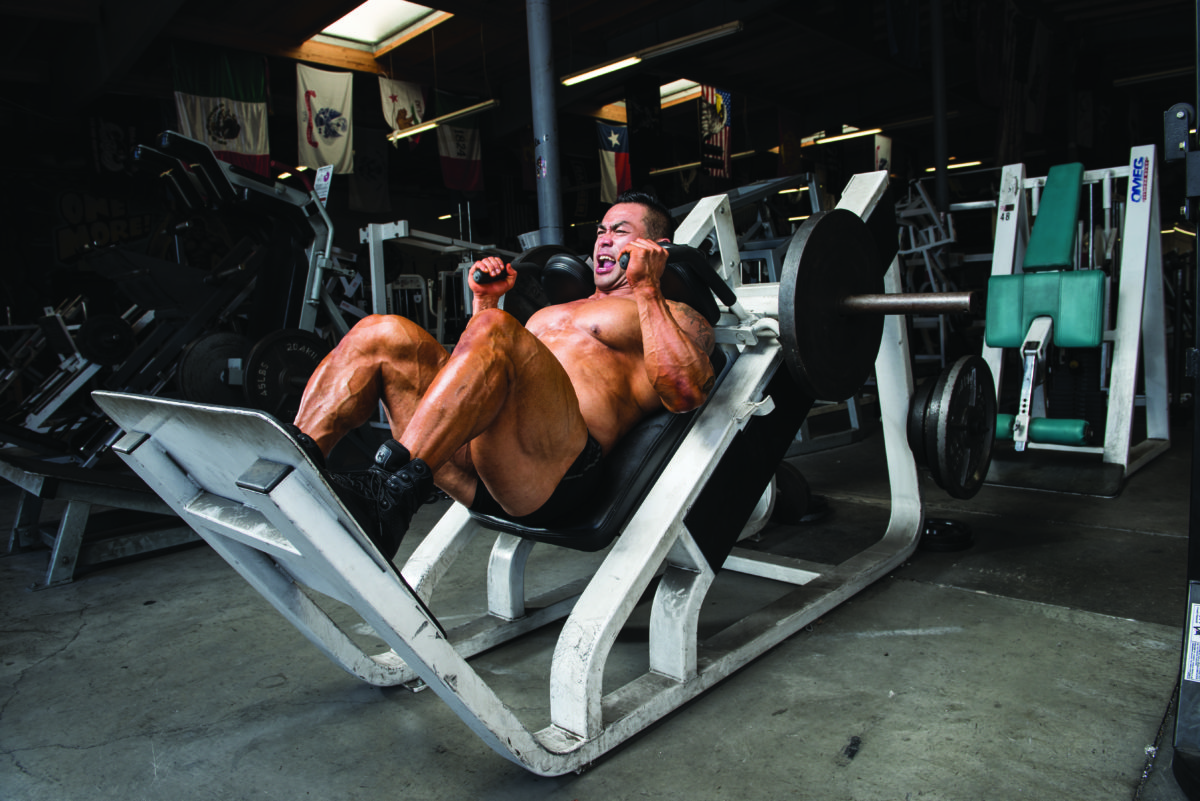
HIP EXTENSION EXERCISES
Stiff-Legged Deadlifts: This variation skews the moment of resistance away from the hips, thereby increasing hamstring and gluteal contraction through the entire range. Traditional deadlifts, like a squat, will skew the load line for relatively more quad involvement. Keeping the knees at least slightly bent throughout the range of motion will effectively reduce unwanted forces on the knee while allowing the hamstrings to produce more force nearing the bottom of the range.
Keeping the barbell near the shins rather than farther away from the body will produce a far more accommodating resistance profile, also reducing resistance at the trunk. As opposed to other hip extension exercises, deadlifts require less gluteus maximus involvement, as the moment of resistance is reduced to zero at the top of the exercise. Experimenting with lighter loads using a cable stack as a variation, or even bands attached to the bar, can add some more resistance to the top of the motion as an option.
Prone Hip Extensions: This exercise is usually overlooked or ill-performed as far as accentuating the posterior hip muscles. Using a 45-degree version, before moving up to a far more difficult 90 degrees, this exercise can be effective at isolating the glutes and hamstrings. Because of the higher resistance at the top of the motion, this movement can stimulate the gluteus maximus potentially far more than any other exercise. Adding varying degrees of knee bend will stimulate the hamstrings more so than a straight leg. Like deadlifts, this exercise needs to be practiced slowly and with control before adding weight or speed.
Standing Single-Leg Hip Extension These are usually performed using a machine or cables attached to the feet while extending the hip backward. The most common error with these exercises involves excessive extension at the spine using the spinal erectors musculature. Because hip extension range in most individuals is usually between five and 20 degrees, care should be performed as to not go beyond this range especially with higher loads or acceleration. Bracing the abdominals, like holding a tiny crunch, as to fight against lumbar extension, will effectively limit spinal involvement and keep stress on the glutes.
Glute-Ham Raise: This exercise is underused due to its extreme difficulty. Because of the inversion of joint motion during this exercise, the weight of the trunk/legs at the knee can increase joint forces in the knee far beyond some of its exercise counterparts. Needless to say, careful assessment and control of this movement should be implemented to effectively reduce risk.
KNEE FLEXION EXERCISES
Seared Leg Curl: This knee flexion movement is considered the least difficult of the hamstring exercises, but it is somewhat challenging to truly isolate the hamstrings. Bracing the body into the seat to prevent lumbar extension can control the anterior pelvic tilt mistakenly used in this exercise. Adding the intention of hip extension (squeezing the thighs downward) on the initiation of the movement makes this exercise far more effective for hamstring isolation. Dorsiflexing the ankle (“feet up”) is also another variation to further freeing the hamstrings by eliminating gastrocnemius tension.
Lying Leg Curl: The prone leg curl is one of the most difficult exercises in which to manage pelvic control, which is why so many people cheat on this exercise. Because the hamstrings are near the end of the range of motion, the body will try to tilt the pelvis early in the motion. This hip position should be used only if the less-challenging seated version is mastered and less weight is used.
Grabbing the handles or hugging the bench (keeping the shoulders and trunk down) while bracing the abs will keep the butt from rising off the seat in anterior pelvic tilt. Gently intending to squeeze the hamstrings/glutes near the beginning and throughout the motion will counter the tendency of the hips to flex, which can cause a significant reduction in tension within the hamstrings.
Standing On-Leg Curl: This exercise should be performed the same as the prone variation; however, careful control should be taken as to not rotate the trunk while the lumbar spine tries to extend. This movement is likely the most demanding of the curl variations. IM
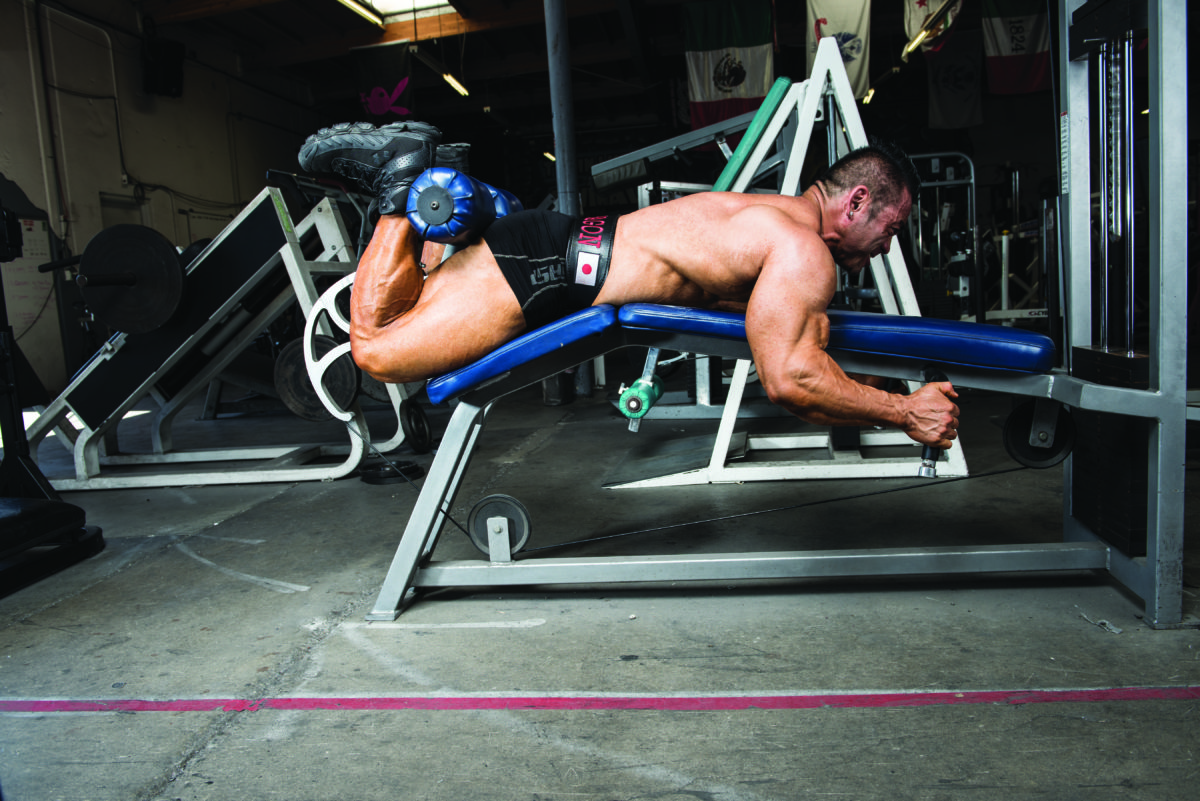






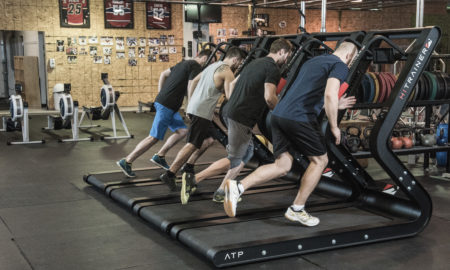
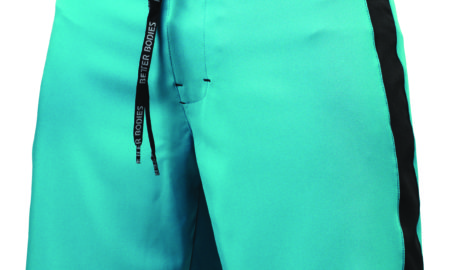





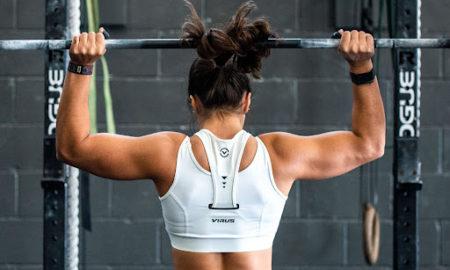

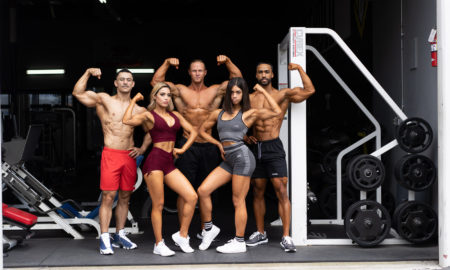
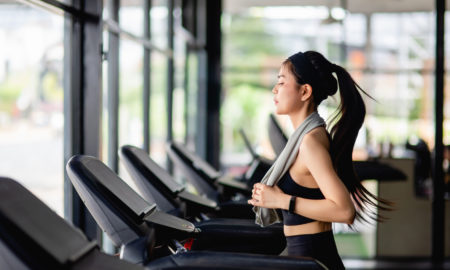

You must be logged in to post a comment Login